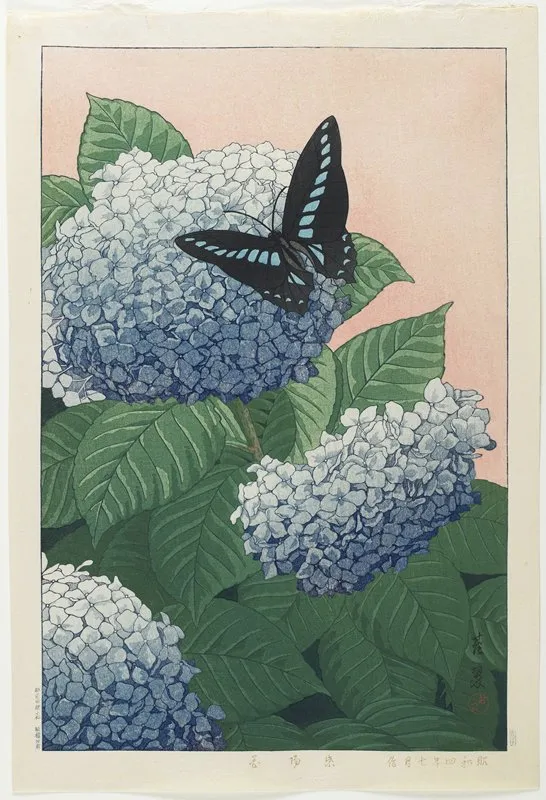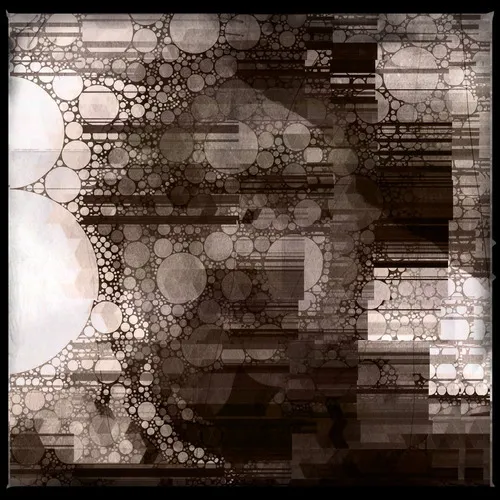Butterflies are with us all year, or at least for the warmer parts, yet they are most often used as a symbol for spring in haiku. Here Chiyo-ni, the most famous female haiku poet, wrote of them, saying:
chōchō ya onago no michi no ushiro ya saki
ahead and behind
on the woman's path
—Chiyo-ni


Butterflies can have several usages in haiku. As I've mentioned a few times previously, they often are used as a shorthand for philosophical musings about the nature of reality and identity, a pointer to Chuang-Tzu and his famous question "Am I a man who dreamed I was a butterfly or a butterfly dreaming he is a man?"
At the same time, butterflies could also be used as a symbol for femininity and delicacy, and this is one that female poets like Chiyo-ni used often for this effect, to evoke a sense of lightness, grace, and sensuality.
In this haiku there may be some elements of both. The butterflies fluttering around the woman's path might be representing femininity, yet at the same time they might also be suggesting a more philosophical reflection on the ephemeral nature of life. Like Chuang-Tzu's dream, life ends soon, and perhaps we move on to another, changing and moving about just like the butterflies fluttering around.
Either interpretation or both are waiting there for the reader to decide on.
❦
 |
David LaSpina is an American photographer and translator lost in Japan, trying to capture the beauty of this country one photo at a time and searching for the perfect haiku. He blogs here and at laspina.org. Write him on Twitter or Mastodon. |
That is, me! If you like this translation, feel free to use it. Just credit me. Also link here if you can. ↩